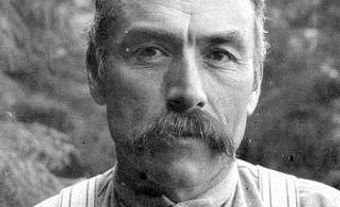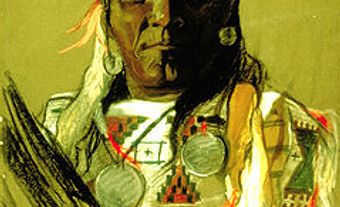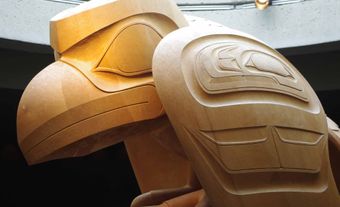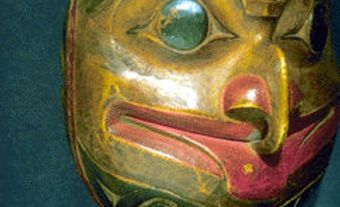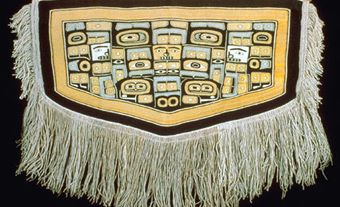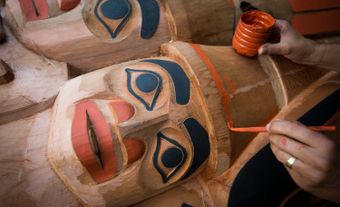Charles (Charlie) Edenshaw (Haida name, Tahayren), Haida chief, master artist (born 1839 in Skidegate, Haida Gwaii, BC; died 1920 or 1924 in Masset, Haida Gwaii, BC). Charles Edenshaw was among the first professional Haida artists. He was noted for his flawless execution of dynamic flowing forms in an otherwise strict and disciplined art tradition. Many of Edenshaw’s descendants also became artists, including his daughter Florence Davidson, his grandson Claude Davidson, his great-grandsons Reg and Robert Davidson and his great-great nephew Bill Reid.

Ancestry and Early Life
Charles Edenshaw was the owner of many prestigious Haida names. He was from the powerful Stastas Eagle lineage. Margaret B. Blackman, biographer of Florence Davidson, recorded his names as "Fairies coming to you as in a big wave," "Noise in the house pit" and "They gave 10 potlatches for him." Much of Edenshaw’s early life was spent in the villages of Kiusta, Kung and Yatze. He survived the catastrophic smallpox epidemic in 1862 that reduced the Haida population from 30,000 to less than 600. After the epidemic, the Stastas Eagle Clan moved to Masset, British Columbia.
He was tutored in Haida traditions by his stepfather John Robson. Between 1878 and 1881, Edenshaw collaborated with Robson on a totem pole in memory of his mother, Qwa’Kuna. Edenshaw served as apprentice to Robson every summer in Kung. Eventually, he moved to Masset to complete his apprenticeship. Once Edenshaw had achieved the status of master craftsman, he gave a Potlatch. Edenshaw worked during a period in which traditional Haida culture was at risk of disappearing altogether. This near disappearance was in part caused by revisions to the Indian Act in 1884 that restricted Indigenous ceremonies and art (see also Potlatch Ban).
Mature Work
Charles Edenshaw’s early work mostly consisted of wood carving, including masks and totem poles. His repertoire gradually came to include a wide variety of objects in wood, argillite and precious metals. His Sea Bear Bracelet, for instance, is a wide silver bracelet with an animal’s gaping, and perhaps mocking, toothy smile deeply carved into it. Other shapes coil across its surface. One beautiful early argillite platter features panicked creatures, part human, part animal, part spirit, furiously rowing a canoe while a sea monster thrashes beneath. One of his bentwood chests has heads and a huge mouth and nostrils protruding from it, flattened faces and eyes outlined in black dancing across its surface.
Edenshaw frequently met museum anthropologists, curators and collectors. His contributions to world art are not only hallmarked by exquisite works in gold, silver, ivory, argillite and wood. They are also found in the recording and documentation of Haida language and culture (see also Indigenous Languages in Canada).
Edenshaw worked with such notable scholars and collectors as Dr. C.F. Newcombe, Franz Boas and John Swanton. He produced a rich and varied body of artworks. These include painted and carved kerfed boxes, gold and silver jewellery, argillite sculpture of every description, ivory cane handles and ceremonial masks, rattles and frontlet headdresses. Art historians and anthropologists continue to study his works. Artists such as his great-grandsons, Reg and Robert Davidson, carry on his tradition of excellence. Edenshaw’s work was also a pivotal influence on the work of his great-great nephew Bill Reid.

 Share on Facebook
Share on Facebook Share on X
Share on X Share by Email
Share by Email Share on Google Classroom
Share on Google Classroom



